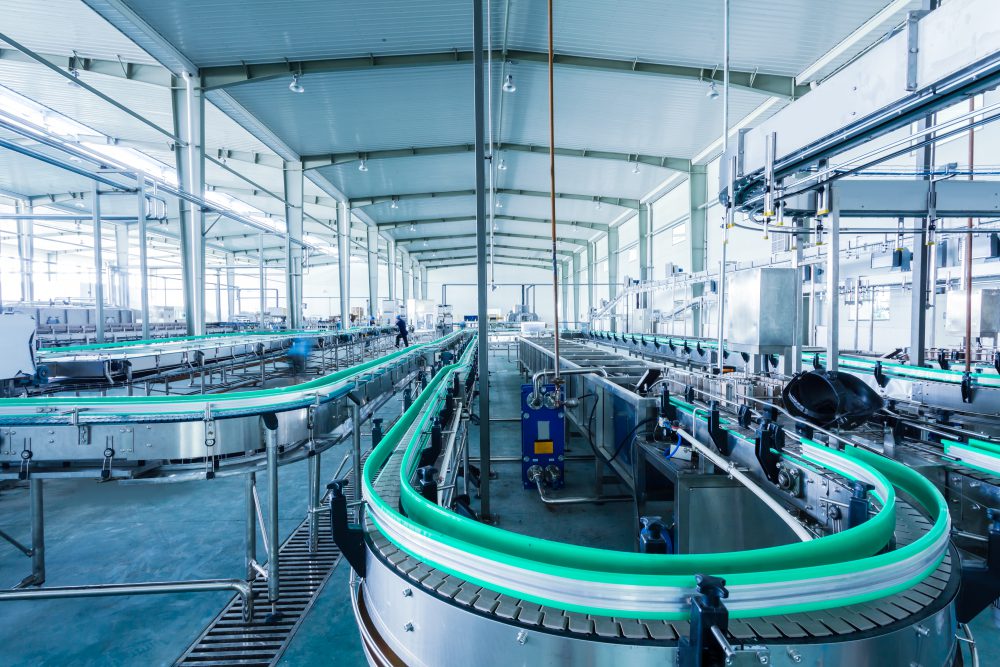As the coronavirus pandemic rocked the world early this year and its scope was realized in the United States, food plant operators had to adapt quickly to meet new federal and local orders that mandated social distancing. At the same time, producers saw restaurant demand plummet while retail and online grocery store market shares skyrocketed. As unpaid orders originally bound for restaurants rotted in storage, retailers had trouble keeping milk and eggs on the shelf.
This dramatic shake-up has forced food plant operators to reorganize equipment, production lines and workers to maintain safe social distancing, especially in the wake of multiple COVID-19 outbreaks among food plant employees.
Additionally, the wild fluctuations the supply chain experienced exposed vulnerabilities created by the communication lag between suppliers, manufacturers and retailers.
Industrial Internet of Things (IIoT) technology has the potential to solve some of these COVID-19-related problems and revolutionize the future of the food processing industry.
How could IIoT technology automate a food plant?
The Internet of Things is an extension of the web made up of network-connected real-world objects and devices. Sensors process information through the object that is communicated to a cloud network (product manufacturer collecting usage data.
Several resources are working remotely to constantly supply real time information, which is critical to keeping plants operational. IIOT sensors allow us to capture data from the factory floor to provide “Real-Time information.” With minimal interruption to existing systems, sensors can be installed in strategic locations.
So how can this technology help automate a processing facility?
1. A secure, high-bandwidth, high-speed network lays the foundation for real-time data transfer to remote managers, monitoring software and cloud-based data storage centers.
2. Strategically placed IoT sensors constantly collect data from plant equipment, crucial production points and supply stocks during plant operation.
3. Data is collected, stored and analyzed, allowing plant managers and engineers to automate and fine-tune production, shipping and resupply processes over time.
IIoT systems can streamline production with less manpower
Since plants have been forced to reduce their on-site workforces to accommodate social distancing measures, the availability of real-time information for off-site managers is crucial to oversee operations and streamline an automated production system for efficiency.
Before COVID-19, an employee may have checked packaging supply levels on a daily or weekly basis, manually ordering more when they saw levels were low.
In an IIoT-equipped facility, a sensor could be set up to constantly monitor the same packaging supply levels. Once a programmed supply threshold is reached, the system can be programmed to alert a manager or reorder supplies automatically.
Minimizing human error protects against interruptions in production and frees up employees to work on more essential tasks, while eliminating the need for a manager in the building in many cases.
Prevent equipment failure with IIoT monitoring
IIoT sensors can also be installed in plant machinery to collect data to keep track of usage statistics and preventative maintenance requirements, in addition to diagnosing issues before they arise.
Since many original equipment manufacturers (OEMs) are located overseas, COVID-19-related international travel restrictions have complicated maintenance and repairs that would have previously been performed by an OEM expert, flown in from their home country.
Network connectivity with equipment will allow OEM repairs to be diagnosed and performed virtually from anywhere.
The implications of this technology will outlast the COVID-19 pandemic, due to the greatly reduced cost, time consumption and environmental impact.
Using information technology to make the most of operating technology
Stellar’s expertise in food plant construction and information technology (IT) makes it the perfect consultant for retrofitting an operating facility to meet the quickly evolving needs of food production facilities in the COVID-19 era.
Retrofitting a plant with IIoT technology does not require a substantial investment and doesn’t take long. Stellar can install sensors in the highest priority areas first to make noticeable improvements on efficiency as quickly as possible.
If you would like to learn more about upgrading your food plant with IIoT technology, contact us at (904) 260-2900 or email me at foodforthought@stellar.net



